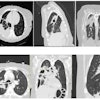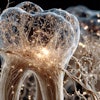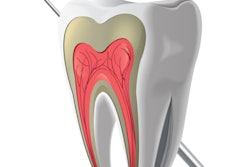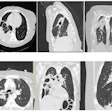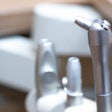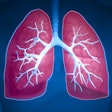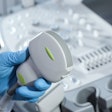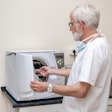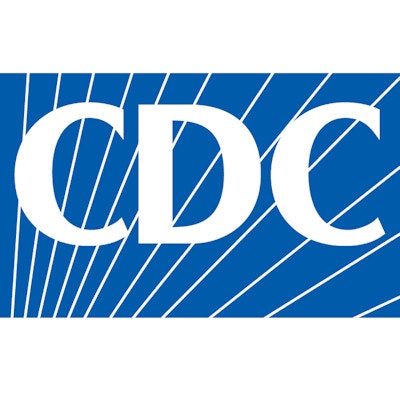
The U.S. Centers for Disease Control and Prevention (CDC) is investigating a cluster of nontuberculous mycobacteria (NTM) infections in children who underwent procedures at pediatric dental clinics where treatment water contained high levels of bacteria.
In March 2022, the CDC received notification and began investigating a group of children suspected of having NTM infections, which can infect the lungs, blood, and skin, after undergoing pulpotomies at a pediatric dental clinic. The investigation is ongoing, and preliminary dental unit waterline testing results showed microbial counts much higher than the level recommended by CDC, according to a health advisory issued by the agency on October 31.
Though anyone can be infected with NTM, a group of bacteria found in water, soil, and dust, those with weakened immune systems and other health conditions are at greater risk. Infection complications may include hearing loss and facial nerve palsy.
As the investigation continues, the CDC urges dental practices to follow current recommendations for monitoring and maintaining dental waterlines.
"Dental providers should be familiar with these recommendations on how to properly maintain and monitor their dental equipment to ensure that dental treatment water is safe for patient care," the advisory stated.
Infection control recommendations
Due to the potential for bacteria buildup in dental unit water lines, the CDC recommends they be treated regularly with disinfectants to meet the Environmental Protection Agency (EPA) regulatory standards for drinking water.
For oral surgical procedures, including surgical extraction, periodontal surgery, and implant surgery, sterile saline or sterile water should be used as a coolant or irrigant for surgical procedures. Appropriate delivery devices can include the following:
- A bulb syringe
- Sterile, single-use disposable products
- Sterile water delivery systems that bypass the dental unit by using sterile single-use disposable or sterilizable tubing
For nonsurgical dental procedures, use water that meets CDC recommendations (e.g., less than or equal to 500 colony-forming units [CFU]/mL of heterotrophic water bacteria). For nonsurgical pulpal therapy and endodontic procedures, more conservative standards should be considered, such as using sterile and/or antimicrobial solutions for irrigation. The following are guidelines that providers may want to consider:
- American Academy of Pediatric Dentistry: "Pulp Therapy for Primary and Immature Permanent Teeth"
- American Association of Endodontists (AAE): "AAE Position Statement on Vital Pulp Therapy"
- Organization for Safety, Asepsis and Prevention: "Dental Unit Water Quality White Paper and Recommendations"
Also, providers should discharge water and air from devices for a minimum of 20 to 30 seconds after each patient, including air and water syringes and ultrasonic scalers that are connected to the dental water system that enters the patient's mouth.
Finally, dental providers are encouraged to consult with dental unit manufacturers for appropriate methods and equipment to maintain the quality of dental water and follow manufacturers' recommendations for monitoring water quality.
Past outbreaks
The March outbreak isn't the only time there has been possible disease transmission from dental unit waterlines, which are prone to biofilm formation due to long, small-diameter tubing; low flow rates; and frequent periods of stagnation.
In 2016, an outbreak occurred at a pediatric dental clinic in Orange County, CA, in which 71 patients were identified as having odontogenic NTM infections following pulpotomies or baby root canals. It was found that the water used to fill dental unit water bottles had been stored in a pressurized bladder holding tank, and the clinic was not using disinfectants on their dental unit waterlines or regularly monitoring water quality. Dental unit testing revealed microbial counts higher than the level recommended by CDC, and multiple species of NTM were identified in syringe water samples from five of the six treatment rooms, according to the CDC.
In 2015, a similar problem occurred. In Georgia, 24 cases of odontogenic NTM infections were reported in children receiving pulpotomies from a pediatric dental clinic. The practice wasn't using a disinfectant in their dental unit waterlines, and it was not regularly monitoring the water quality.
Both outbreaks involved children between the ages of 4 and 8. Many of the children developed severe infections with clinical diagnoses, including cervical lymphadenitis and maxillary osteomyelitis, and required hospitalization, intravenous antibiotics, and surgical procedures. Their infections caused complications, including permanent tooth loss, hearing loss, and facial nerve palsy.

